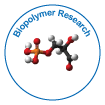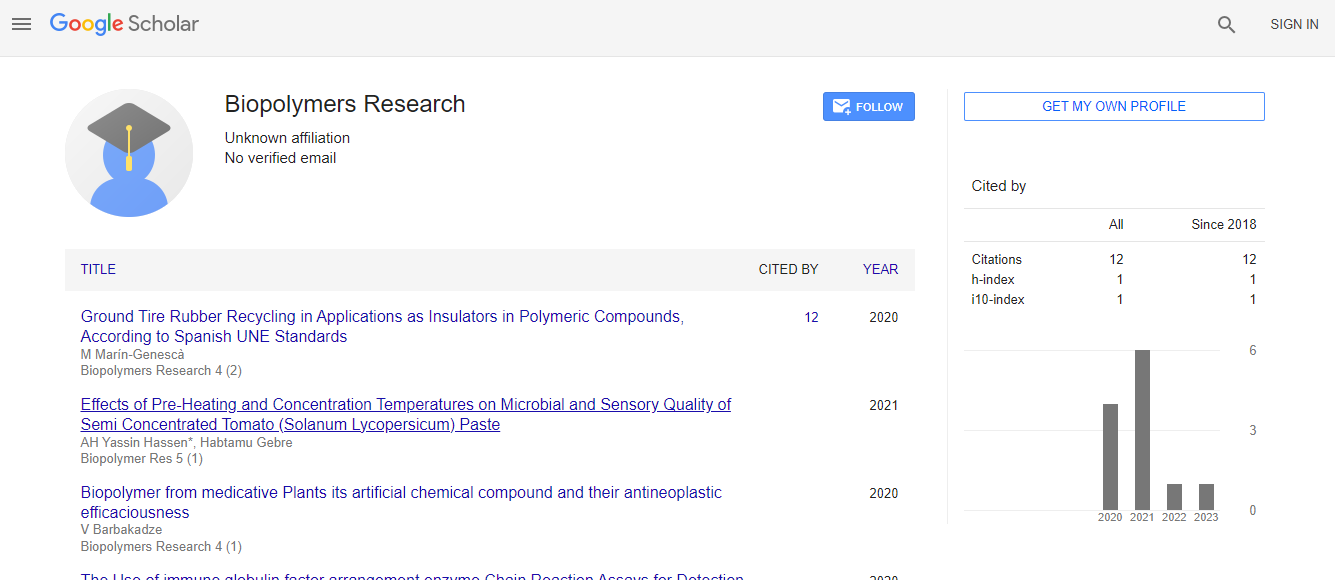Biopolymer from medicative Plants its artificial chemical compound and their antineoplastic efficaciousness
*Corresponding Author:
Copyright: © 2020 . This is an open-access article distributed under the terms of the Creative Commons Attribution License, which permits unrestricted use, distribution, and reproduction in any medium, provided the original author and source are credited.
Abstract
The caffeic acid-derived biopolymers from medicative plants comfrey and bugloss were isolated that represent a replacement category of natural polyethers. consistent with 13C-, 1H-NMR, APT, second heteronuclear 1H/13C HSQC, 1D NOE and second DOSY experiments the polyoxyethylene chain is that the backbone of the chemical compound molecule. 3,4-Dihydroxyphenyl and carboxyl teams ar regular substituents at 2 carbon atoms within the chain. The continuance unit of this regular chemical compound is 3-(3,4- dihydroxyphenyl)-glyceric acid residue. Thus, the structure of natural chemical compound was found to be poly[oxy-1-carboxy-2-(3,4- dihydroxyphenyl)ethylene] or poly[3-(3,4-dihydroxyphenyl)glyceric acid] (PDPGA). Then basic monomeric moiety of this chemical compound 3-(3,4-dihydroxyphenyl)glyceric acid was synthesized via Sharpless uneven dihydroxylation of trans-caffeic acid derivatives employing a K Os catalyst. Besides, alkyl PDPGA was obtained via ring gap polymerisation of 2-methoxycarbonyl-3-(3,4- dimethoxyphenyl)oxirane employing a cationic instigator.

 Spanish
Spanish  Chinese
Chinese  Russian
Russian  German
German  French
French  Japanese
Japanese  Portuguese
Portuguese  Hindi
Hindi 
